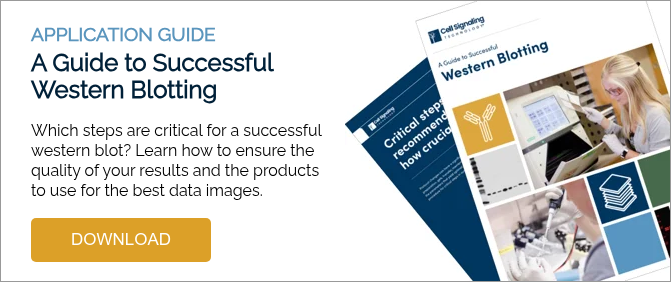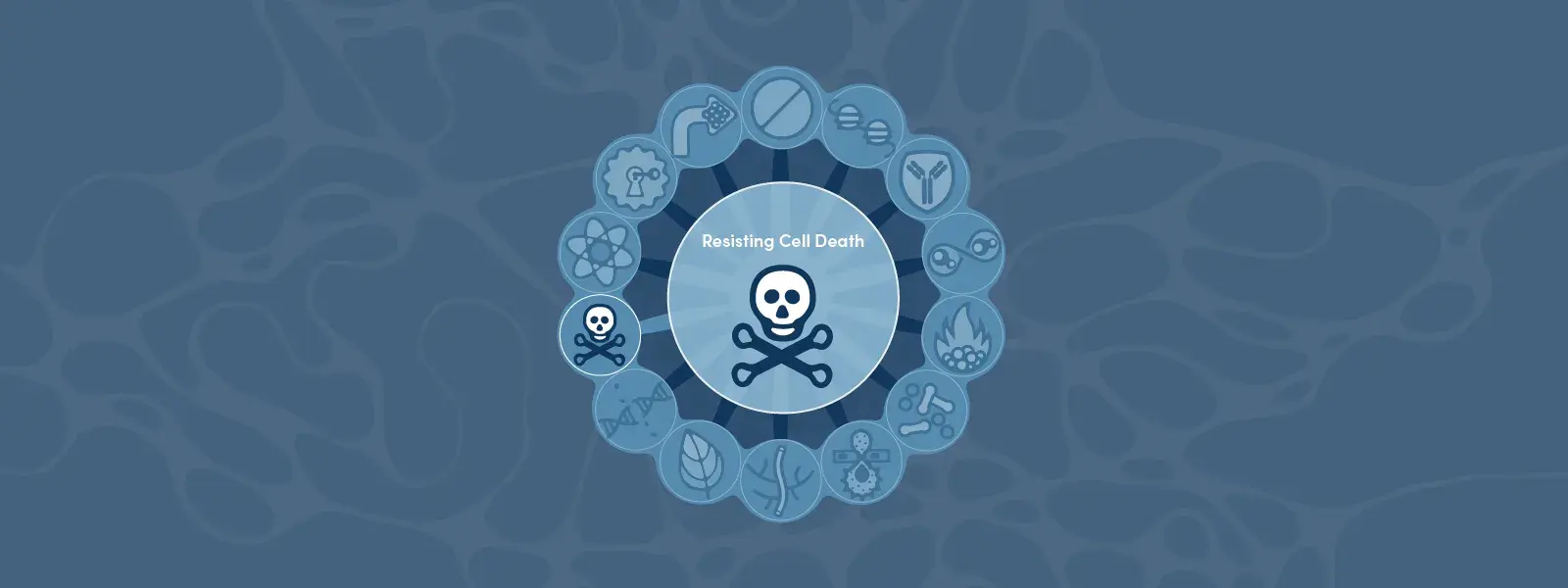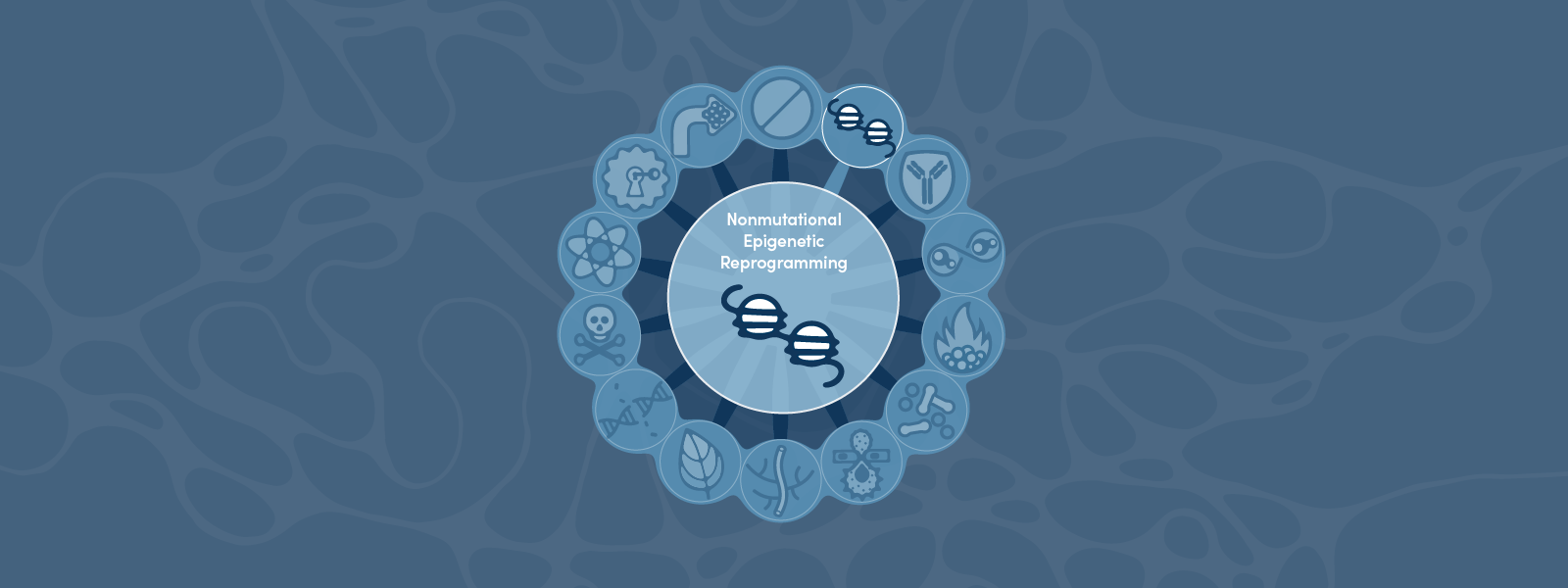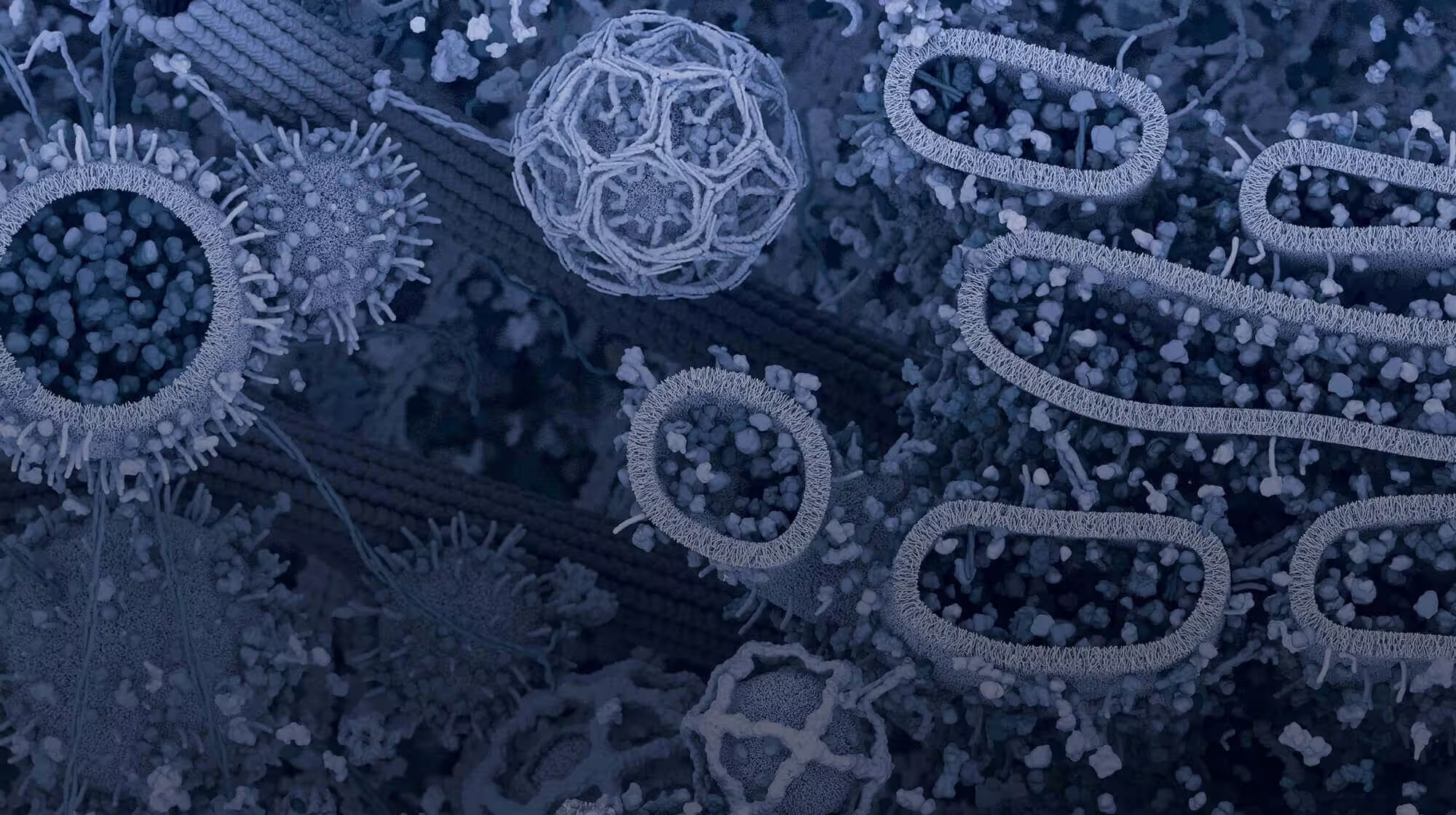You are all amped up to run a western blot to identify “your favorite protein.” The lysates have been run and proteins separated by SDS-PAGE. Now it’s time to transfer proteins from the gel to the membrane, and you’re sitting wondering… wet or semi-dry?? Or maybe you are better prepared than I was as a graduate student and you already know your next step, in which case you are aware of the pros and cons of wet and semi-dry transfer.
Wet vs Semi-Dry Transfer for Western Blot
According to conventional lab wisdom, the wet (tank) method provides better transfer from gel to blot, but the semi-dry technique is faster and consumes far less buffer, not to mention being a tidier procedure for the fastidious among us. Wet transfer is less prone to failure due to drying of the membrane, and is especially recommended for large proteins. In semi-dry transfer, the sandwich is placed directly between the positive and negative electrodes. In wet transfer, the sandwich is placed between positive and negative electrodes and submerged in transfer buffer to which an electrical field is applied.
- Semi-dry transfer: paper > gel > membrane > paper (all wetted in transfer buffer)
- Wet transfer: sponge > paper > gel > membrane > paper > sponge
Larger proteins transfer more slowly from gel to membrane, so you may consider extending the transfer time depending on the size of your protein of interest. If you do this, we recommend lowering the methanol concentration to 5-10% in transfer buffer.
A large part of the decision between wet versus semi-dry transfer is related to the type of membrane being used. While many consider nitrocellulose and PVDF as largely interchangeable, there are some differences to keep in mind. PVDF binds protein via hydrophobic interactions while nitrocellulose binds through both hydrophobic and electrostatic interactions. Pore size is another important factor affecting transfer conditions, and both types of membranes are available in various pore sizes to accommodate user needs. Some manufacturers recommend their membranes be air-dried and re-wetted in methanol prior to blocking to increase binding of transferred proteins and decrease background. This dehydration step removes water between the denatured protein and the membrane. And when necessary, special and difficult situations may call for membrane fixation with paraformaldehyde (Preterre et al), to improve protein retention.
So, for those who must have the absolute highest level of transfer, wet transfer to nitrocellulose may be your best bet. But for speed and ease of use, semi-dry transfer will often be close enough to the mark for general purposes, albeit after some fine-tuning. For many of us, it may just come down to which apparatus is available in our lab, and optimizing transfer conditions for the primary protein of interest.
Well, hopefully your protein didn't run off the gel while you were deep in thought, weighing whether to go with wet vs. semi-dry transfer!





/42157_chimeric%20antibody%20blog%20featured3.webp)

